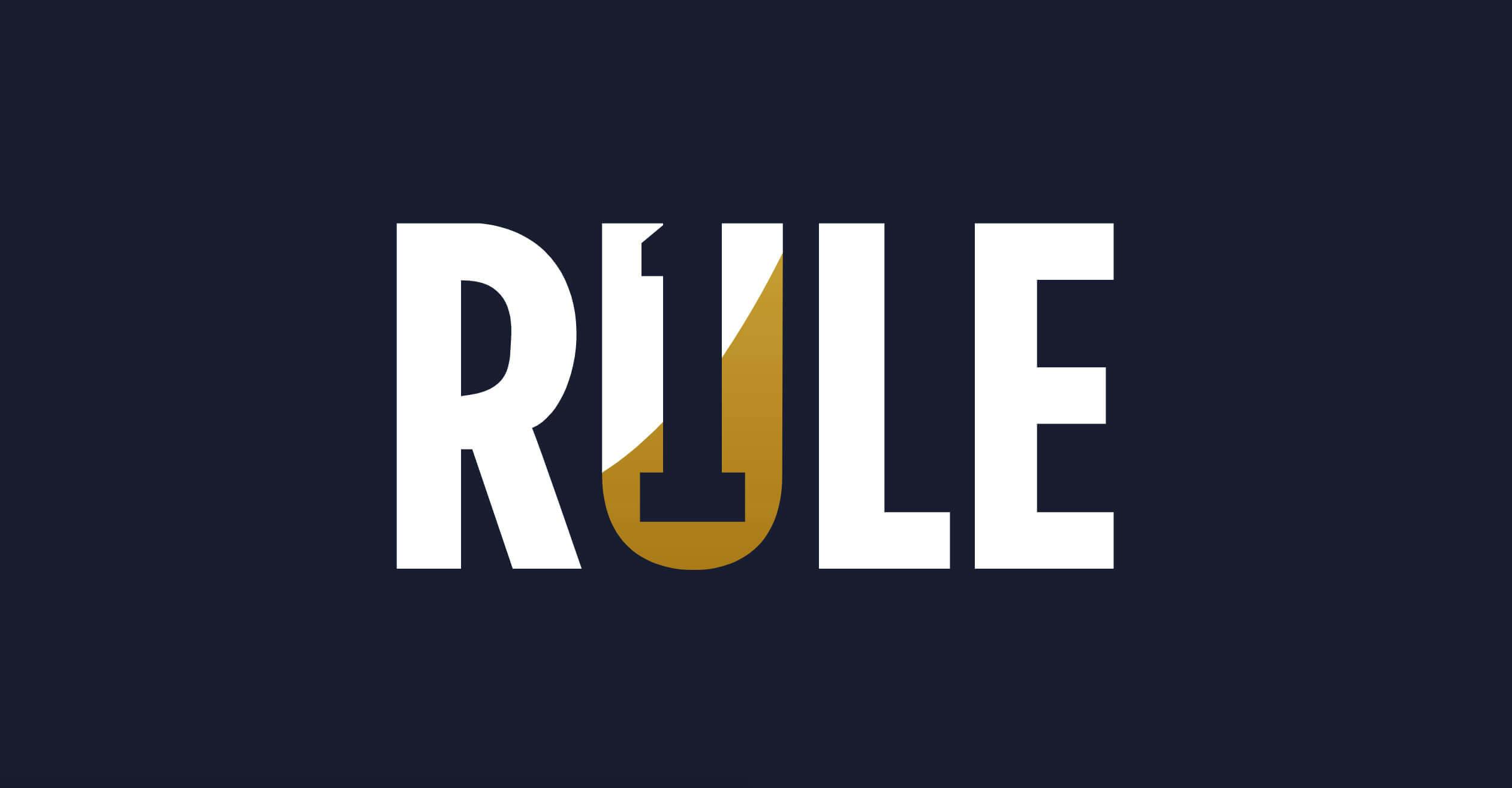Note: I wrote the following this morning... but couldn't find time to post it until now.
I saw an article in CNN Money about newspapers being undervalued and perhaps ripe for some mergers. Newspapers are Toll Bridge Moat companies – if you want to advertise in a newspaper, you only have one or two choices in each city... and you have to pay to play. I can understand that, and if I can find a newspaper that looks at the world in a way I can agree with, this industry group could be a good one to get into at the right time. Here's how I go about checking it out quickly.
It's 11:02 am, and I'm in my office at home in Jackson Hole, watching power lunch talk about Alan Greenspan in Jackson Hole this week with the annual monetary conference. First thing to do is to get a list of businesses in this industry.
I'm using professional software tools which do a lot of the footwork for me, but you can do this on MSN or Yahoo. It just takes longer. So here we go. I click on Publishing/Newspapers group and see two things: First that the institutions have been moving into this area for six weeks.
This chart I'm looking at (sorry you can't see it) reads right to left and each number represents one week of institutional spending. The big guys have been sneaking in to newspapers. Good sign. But will they continue, or will they take their profits and run? That depends on how undervalued or overvalued the prices are – or in my terms, how far above or below the Sticker. I click on the group name and it gives me a list of the businesses in this group.
The article highlighted several companies: Dow Jones, Gannett, Knight Ridder, Lee, New York Times, Tribune, Washington Post. Let's start with these. I click on Dow Jones and let the computer do a quick and dirty valuation analysis.
I love this program. In two seconds it tells me that if the analysts are right about Dow Jones' growth rate, and if I apply a reasonable PE ratio this business, this business has a Sticker of $17 a share right now. (The Sticker Price, if you are just joining us, is the price which will give me my minimum 15% return for the next ten years -- and you can check earlier posts to see how to calculate this using Excel). I'm using a 25 PE for Dow and a button click tells me that the range of PE's for this business is from 12 to 56, so 25 seems reasonable. But it's selling for $41. Next.
Gannett has a Sticker of $57 and selling for $72. Knight Ridder's Sticker is $47 and selling for $64. Lee's Sticker is $20 and selling for $43. New York Times is worth $26 and selling for $31. Tribune is worth $26 and selling for $37. Washington Post is worth $600 and is selling for $818.
It's 11:10 -- 6 minutes later -- and I'm done with these guys. The whole pile is overvalued. (7 years ago that would have taken me about 4 hours minimum!)
That should tell you something about the timing of the CNN article: It's a front for a bunch of institutional managers who loaded up on these and are probably looking to get out. To get out they need articles like this that imply that the newspapers are really good deals right now. Then they have someone to sell to. Otherwise when they try to get out, the stock price drops so fast they lose all their profits. They wouldn't want that to happen, now would they? So they call their PR guys and we get to read articles like this one. Here's what CNN reported:
"The valuations of newspaper stocks have become exceptionally attractive because the outlook on these companies has become particularly negative," said Wendell Perkins, portfolio manager with Johnson Asset Management, which owns USA Today publisher Gannett (Research) in the Johnson Family Large Cap Value fund and Milwaukee-based Journal Communications (Research) in the Johnson Family Small Cap Value fund. To that end, Gannett trades at just 13 times 2006 earnings estimates and earnings are expected to increase by 10 percent next year. Journal Communication has a P/E of about 18 and analysts are predicting a profit increase of 15 percent in 2006. In addition, legendary value investor Warren Buffett is a fan of the group. His Berkshire Hathaway (Research) investment firm is the largest institutional owner of Washington Post and it also owns a stake in Gannett."
And that is how they get you to buy. Warren owns it. It must be a good deal. What a crock. Buffett paid something like $5 a share. Just because he owns it doesn't mean it's a good deal NOW! Are you seeing what I'm seeing – that they just don't get it? That you have to buy a dollar of value for less than a dollar, not more than a dollar, in order to make a lot of money as an investor. It ain't rocket science but I'm almost ready to agree with Warren: people either get it right away, or, no matter how well you make the case, they never get it. These guys will never get it, but hopefully, you will.
If you pay attention to Rule #1 you know that it's going to take a long time before businesses that are selling for $40 are going to be on sale at $10 – which is what I need if they are worth $20. Lee for example would have to lose 75% of its value for me to be interested….
Of course the analysts could be totally wrong about their estimated rates of growth. That's what the fund manager is saying, right? That the valuations are ridiculously negative. But here's the secret weapon to quickly see if he's full of it: Warren Buffett says that the single best proxy number for long term intrinsic value growth rate is the rate of growth of equity (or book value per share).
A quick check of the equity growth rates of these businesses gives us the truth about their future: Gannett lost 90% of its equity in the last ten years. Washington Post equity is growing, best case, at 9% a year. These businesses could grow faster than predicted. Yeah, and they could grow slower, too!
Rule #1 says you have to be certain before you invest. Is there any way you could be certain that these businesses are going to do well? I don't think so. Doesn't mean they won't do well and truly, I hope, for the sake of all the mutual funds that own these businesses, that they do grow faster than projected. It will mean that the economy and the market are on another tear. But I'd rather ride another horse in the race. One that gives me a lot more downside protection than these guys do.
I'm done. Time to go fly fishing.

